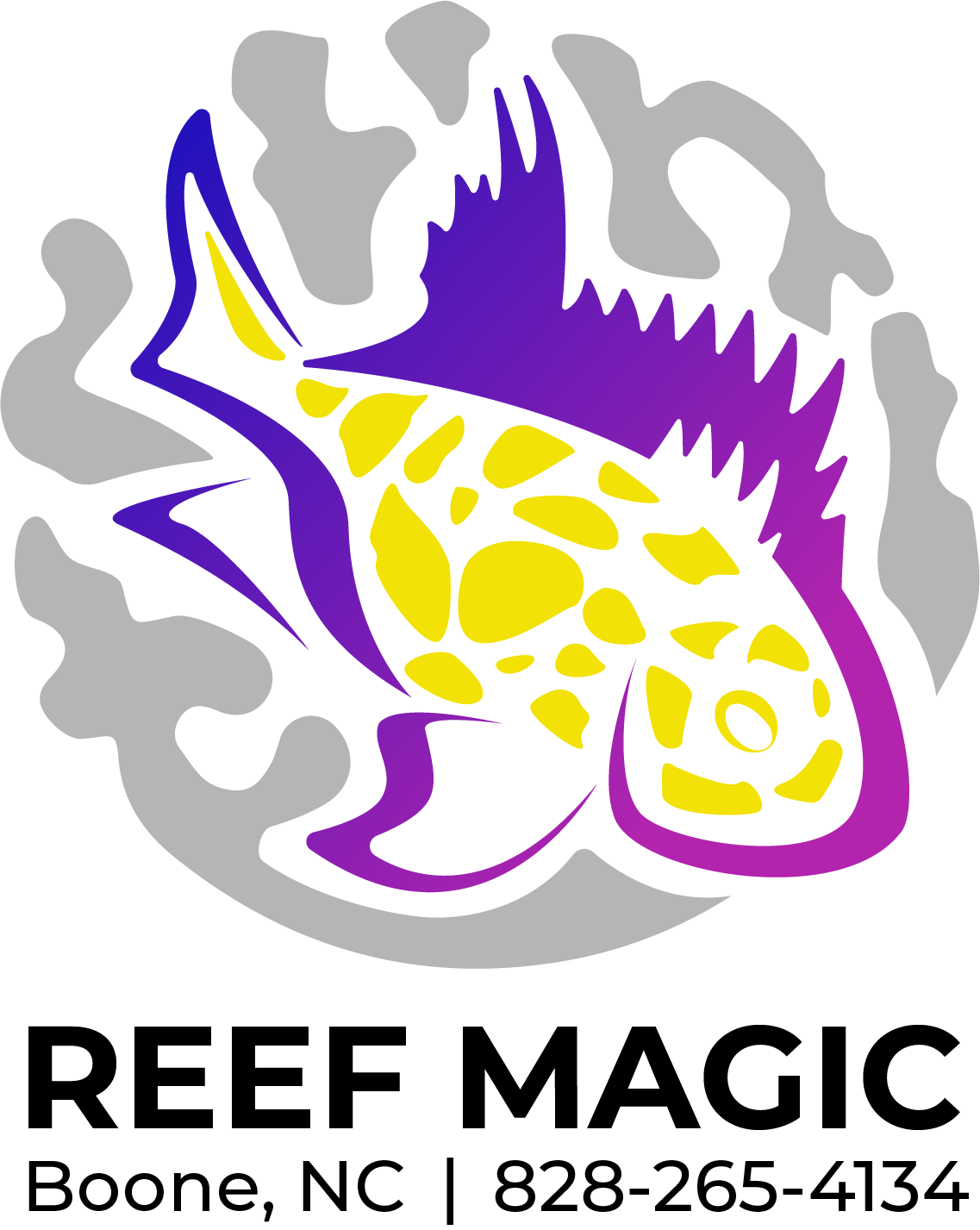 Image 1 of 1
Image 1 of 1


Wrasse - Blue Head
The Blue Head Wrasse, also known as the Bluehead or Thalassoma bifasciatum, is a colorful and active species of wrasse found in the Western Atlantic Ocean, particularly in the Caribbean. Here are the general requirements for keeping Blue Head Wrasse in an aquarium:
Tank size: Blue Head Wrasse require a tank with a minimum capacity of 75 gallons (284 liters) to provide enough swimming space. Larger tanks are preferable, as these fish are active swimmers and appreciate ample room to explore.
Water parameters: Maintain stable water conditions within the following parameters: temperature between 75-82°F (24-28°C), pH around 8.1-8.4, and specific gravity between 1.020 and 1.025. Regular monitoring of ammonia, nitrite, and nitrate levels is important, aiming for zero levels.
Tank setup: Provide a well-established aquarium with plenty of live rock formations, corals, and other structures to create hiding spots and territories. Blue Head Wrasse appreciate a well-decorated tank with open areas for swimming and areas to explore. Ensure good water flow and filtration to maintain water quality.
Lighting: Blue Head Wrasse require moderate to high lighting levels, as they often inhabit reef environments. Utilize lighting systems appropriate for reef aquariums to support the health and growth of any photosynthetic organisms in the tank.
Diet: Blue Head Wrasse are omnivorous and have a varied diet. Offer them a balanced diet consisting of high-quality prepared foods such as marine flakes, pellets, frozen or live foods like brine shrimp, mysis shrimp, and finely chopped seafood. Include a variety of meaty foods, as well as marine algae or vegetable matter, to meet their nutritional needs.
Tankmates: Blue Head Wrasse are generally peaceful and can coexist with other peaceful fish species. However, avoid keeping them with aggressive or territorial fish that may harass or harm them. Exercise caution when choosing tankmates and consider compatibility in terms of behavior, size, and feeding habits.
Acclimation: When introducing Blue Head Wrasse to a new tank, proper acclimation is important. Gradually acclimate them to the water parameters of your tank over a period of time to minimize stress and ensure a smooth transition.
Remember to provide a stable and well-maintained environment for Blue Head Wrasse. Regular monitoring of water parameters, a proper diet, and appropriate tankmates are crucial for their health and well-being. Research the specific requirements of the species and consult with experienced aquarists or marine biologists for proper care guidelines.
The Blue Head Wrasse, also known as the Bluehead or Thalassoma bifasciatum, is a colorful and active species of wrasse found in the Western Atlantic Ocean, particularly in the Caribbean. Here are the general requirements for keeping Blue Head Wrasse in an aquarium:
Tank size: Blue Head Wrasse require a tank with a minimum capacity of 75 gallons (284 liters) to provide enough swimming space. Larger tanks are preferable, as these fish are active swimmers and appreciate ample room to explore.
Water parameters: Maintain stable water conditions within the following parameters: temperature between 75-82°F (24-28°C), pH around 8.1-8.4, and specific gravity between 1.020 and 1.025. Regular monitoring of ammonia, nitrite, and nitrate levels is important, aiming for zero levels.
Tank setup: Provide a well-established aquarium with plenty of live rock formations, corals, and other structures to create hiding spots and territories. Blue Head Wrasse appreciate a well-decorated tank with open areas for swimming and areas to explore. Ensure good water flow and filtration to maintain water quality.
Lighting: Blue Head Wrasse require moderate to high lighting levels, as they often inhabit reef environments. Utilize lighting systems appropriate for reef aquariums to support the health and growth of any photosynthetic organisms in the tank.
Diet: Blue Head Wrasse are omnivorous and have a varied diet. Offer them a balanced diet consisting of high-quality prepared foods such as marine flakes, pellets, frozen or live foods like brine shrimp, mysis shrimp, and finely chopped seafood. Include a variety of meaty foods, as well as marine algae or vegetable matter, to meet their nutritional needs.
Tankmates: Blue Head Wrasse are generally peaceful and can coexist with other peaceful fish species. However, avoid keeping them with aggressive or territorial fish that may harass or harm them. Exercise caution when choosing tankmates and consider compatibility in terms of behavior, size, and feeding habits.
Acclimation: When introducing Blue Head Wrasse to a new tank, proper acclimation is important. Gradually acclimate them to the water parameters of your tank over a period of time to minimize stress and ensure a smooth transition.
Remember to provide a stable and well-maintained environment for Blue Head Wrasse. Regular monitoring of water parameters, a proper diet, and appropriate tankmates are crucial for their health and well-being. Research the specific requirements of the species and consult with experienced aquarists or marine biologists for proper care guidelines.



